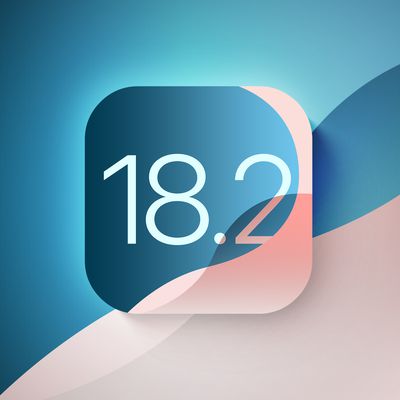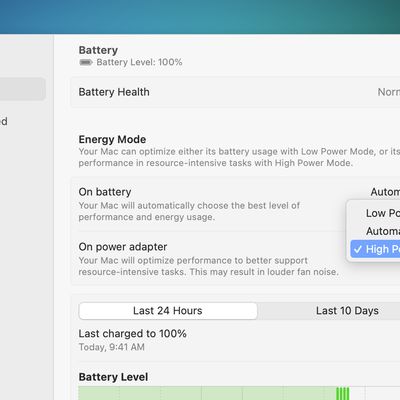Cloudflare has today announced that it has developed a new internet protocol, in collaboration with engineers from Apple and Fastly, focused on privacy (via TechCrunch).

The protocol, dubbed "Oblivious DNS-over-HTTPS," or "ODoH," makes it more difficult for internet service providers to know which websites users have visited.
When visiting a website, browsers use a DNS resolver to convert web addresses into machine-readable IP addresses to locate where the page is located. However, this is an unencrypted process and ISPs can see the DNS query and conclude which websites their users have visited. Internet service providers are also able to sell this information to advertisers.
Innovations such as DNS-over-HTTPS, or DoH, have added encryption to DNS queries. While this may dissuade bad actors who may wish to hijack DNS queries to point victims to malicious websites, DNS resolvers are still able to see which websites are being visited.
ODoH decouples DNS queries from individual users, so the DNS resolver cannot know which websites have been visited. This is achieved by encrypting the DNS query before passing it through a proxy server. This way, the proxy cannot see the query and the DNS resolver cannot see who originally sent it.
"What ODoH is meant to do is separate the information about who is making the query and what the query is," said Cloudflare's head of research, Nick Sullivan.
Page loading times and browsing speeds are said to be "practically indistinguishable" when using the ODoH protocol, according to Sullivan.
However, ODoH is only able to ensure privacy when the proxy and the DNS resolver are not controlled by the same entity. This means that ODoH will depend on companies offering to run proxies, otherwise the "separation of knowledge is broken."
While a few unnamed partner organizations are already running proxies, allowing early adopters to use ODoH using Cloudflare's 1.1.1.1 DNS resolver, the vast majority of users will have to wait until the technology is directly baked into browsers and operating systems.
Though it will likely first need to be certified as a standard by the Internet Engineering Task Force, considering that Apple was directly involved in developing the technology, it is not unreasonable to expect Apple to be among the first to integrate it in the future.






















